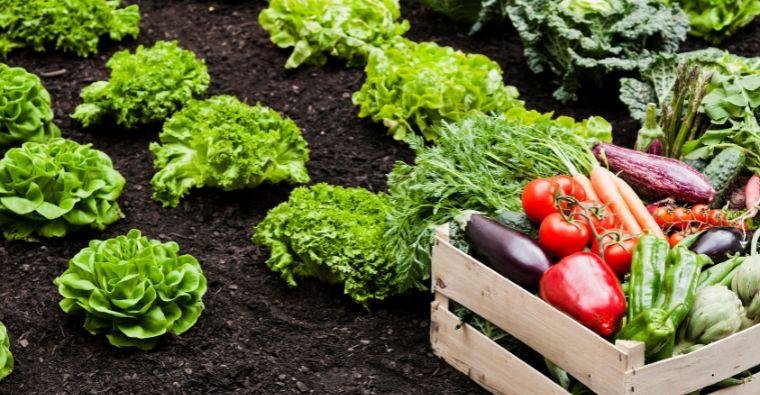Understanding the Basics
Ingredients and Their Functions
Flour: The backbone of most baked goods, flour provides structure. Proteins in flour, primarily gluten, form a network that traps air bubbles, giving cakes and pastries their structure.
Sugar: Beyond sweetness, sugar contributes to browning through caramelization and the Maillard reaction. It also helps retain moisture, keeping baked goods soft and tender.
Fats (Butter, Oil, Shortening): Fats add flavor, moisture, and richness. They also help in creating a tender crumb by coating gluten strands, inhibiting overdevelopment.
Eggs: Eggs provide structure, moisture, and richness. They also help in emulsifying ingredients, resulting in a smooth batter.
Leavening Agents (Baking Powder, Baking Soda, Yeast): These create gas bubbles that expand during baking, making cakes and pastries rise.
The Importance of Measurements
Baking is a precise science, and accurate measurements are crucial. Use a kitchen scale for the best results, as volume measurements can be inconsistent.
Tips for Perfect Cakes
Room Temperature Ingredients
Ensure that your butter, eggs, and other refrigerated ingredients are at room temperature. This allows for better emulsification, resulting in a smoother batter and a more even bake.
Creaming Method
When making butter-based cakes, cream the butter and sugar together until light and fluffy. This incorporates air, leading to a lighter cake.
Proper Mixing Techniques
Overmixing can develop too much gluten, resulting in a dense cake. Mix until ingredients are just combined to avoid this.
Correct Pan Size
Using the right pan size ensures even baking. Too small a pan can cause overflow, while too large a pan can result in a flat, dry cake.
Oven Temperature
Preheat your oven and use an oven thermometer to ensure accuracy. Incorrect oven temperatures can lead to uneven baking, with cakes either overcooked on the outside or undercooked inside.
Testing for Doneness
Use a toothpick or cake tester inserted into the center of the cake. If it comes out clean or with a few crumbs, the cake is done. Avoid overbaking, which can dry out the cake.
Tips for Perfect Pastries
Cold Ingredients
For flaky pastries like pie crusts and puff pastry, keep your ingredients, especially butter, cold. Cold butter creates steam pockets as it melts, resulting in flakiness.
Minimal Handling
Overworking pastry dough can develop too much gluten, making it tough. Handle the dough as little as possible to maintain a tender texture.
Resting the Dough
Allow pastry dough to rest in the refrigerator before rolling it out. This relaxes the gluten and prevents shrinkage during baking.
Blind Baking
For tarts and pies with wet fillings, blind bake the crust (pre-bake without filling) to prevent a soggy bottom. Use pie weights or dried beans to keep the crust flat.
Egg Wash
Brushing pastries with an egg wash (beaten egg with a bit of water or milk) before baking gives them a beautiful golden color and shine.
Proper Rolling Technique
Roll dough evenly, rotating it frequently to maintain an even thickness. Avoid stretching the dough, which can lead to shrinkage during baking.
Advanced Techniques and Troubleshooting
Layer Cakes and Filling
Use a serrated knife to level cake layers for even stacking. Apply a thin layer of frosting (crumb coat) before the final layer to catch crumbs and ensure a smooth finish.
Ganache and Glazes
For a glossy ganache, use high-quality chocolate and heat the cream to just below boiling before pouring it over the chocolate. Stir gently to avoid incorporating air bubbles.
Pastry Cream and Custards
When making pastry cream or custards, temper the eggs by gradually adding hot liquid to prevent curdling. Cook over medium heat while stirring constantly until thickened.
Troubleshooting Common Issues
Dense Cakes: Ensure proper leavening agent usage, avoid overmixing, and check oven temperature.
Dry Cakes: Measure ingredients accurately, avoid overbaking, and ensure enough fat and liquid in the recipe.
Soggy Bottoms in Pastries: Blind bake crusts, use a hot baking sheet, and avoid overly wet fillings.




